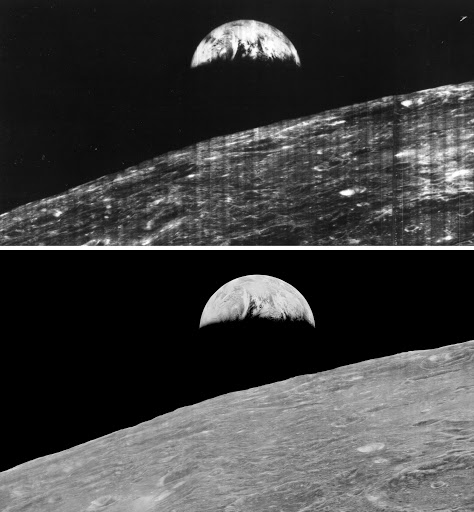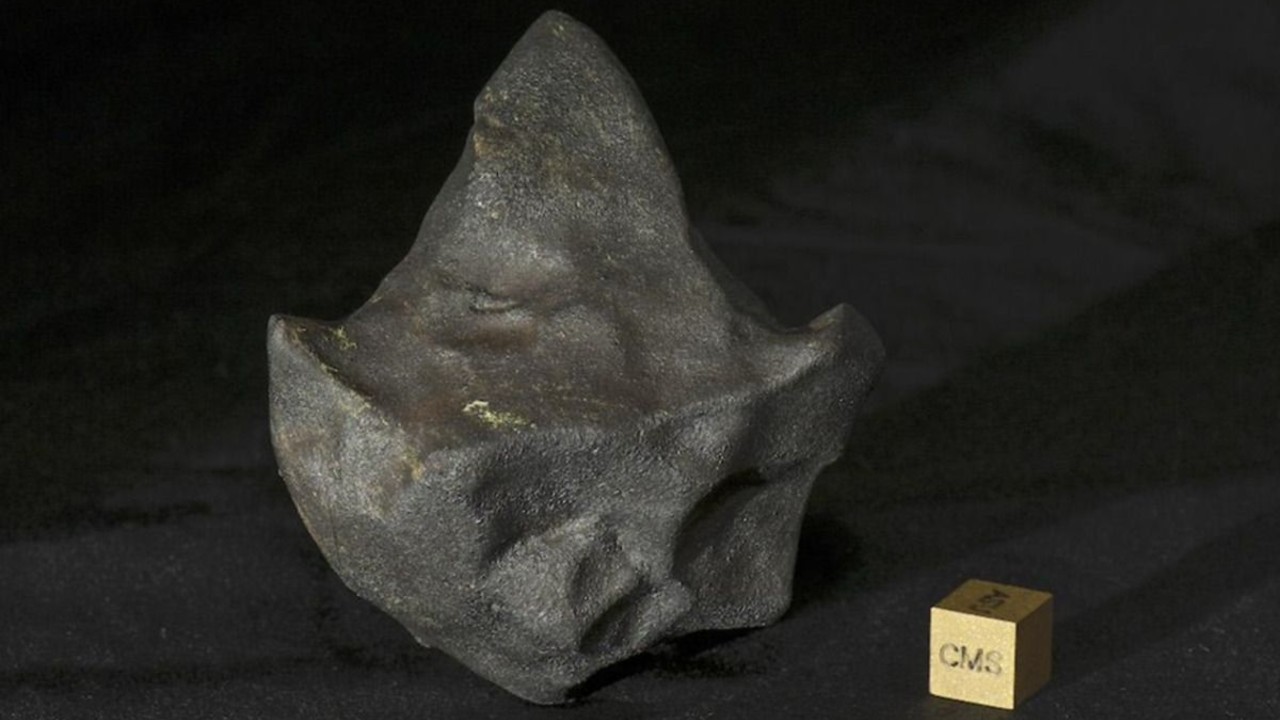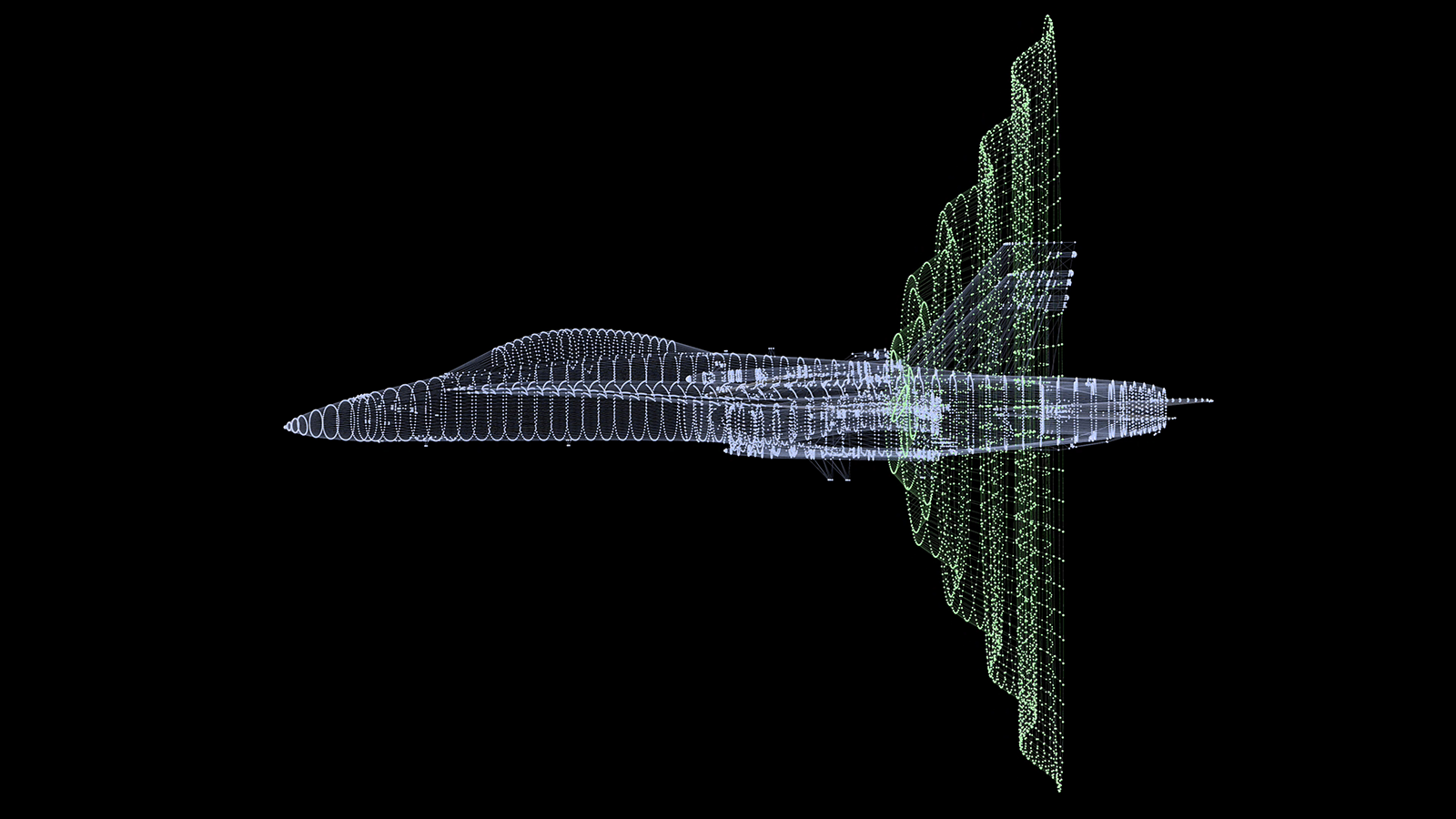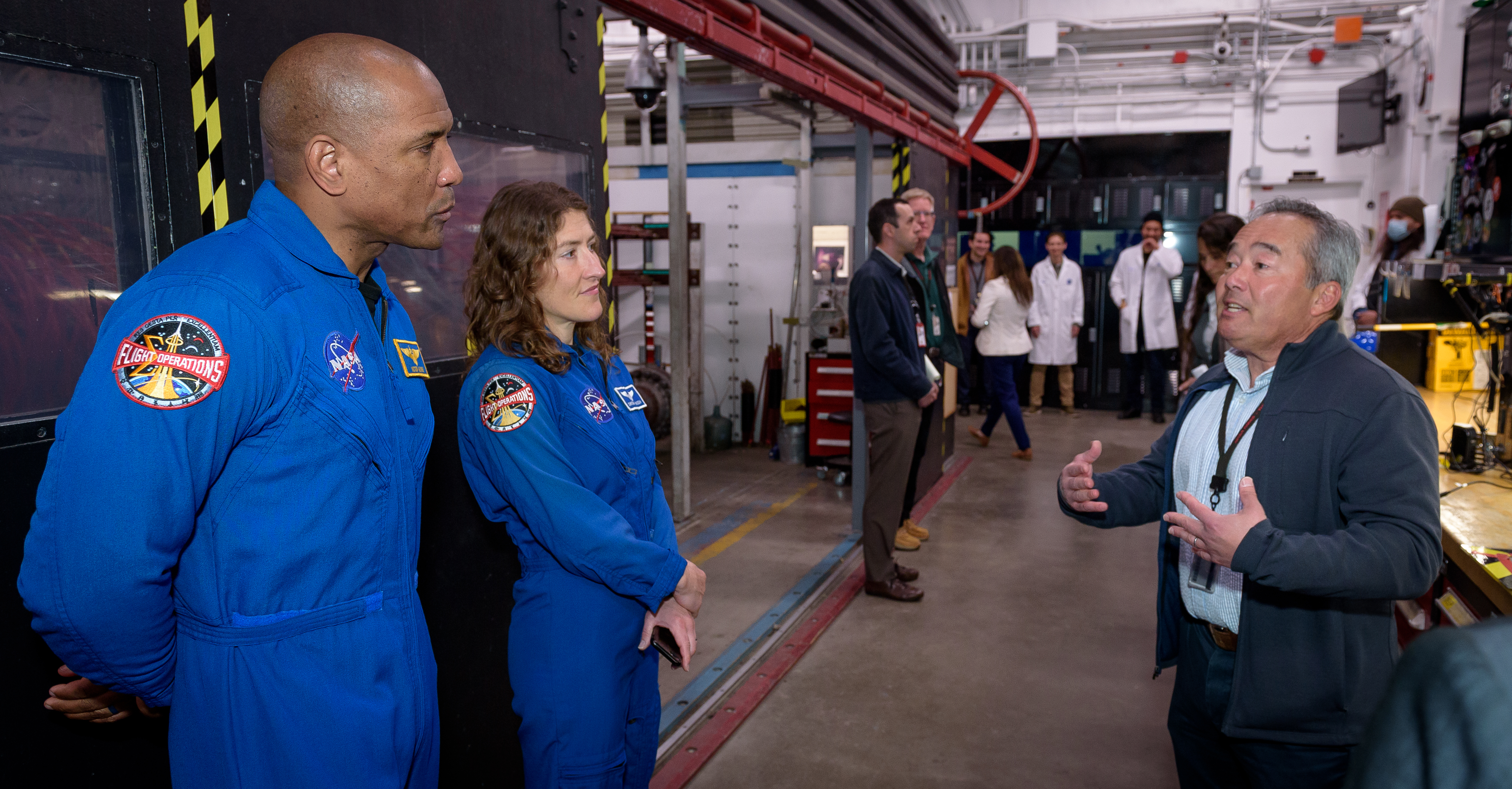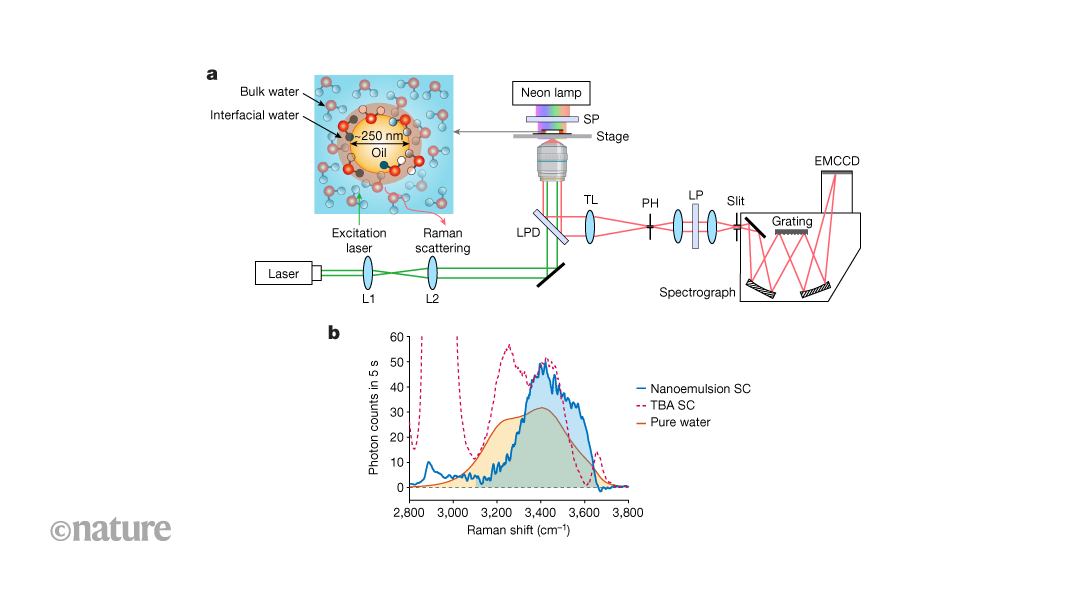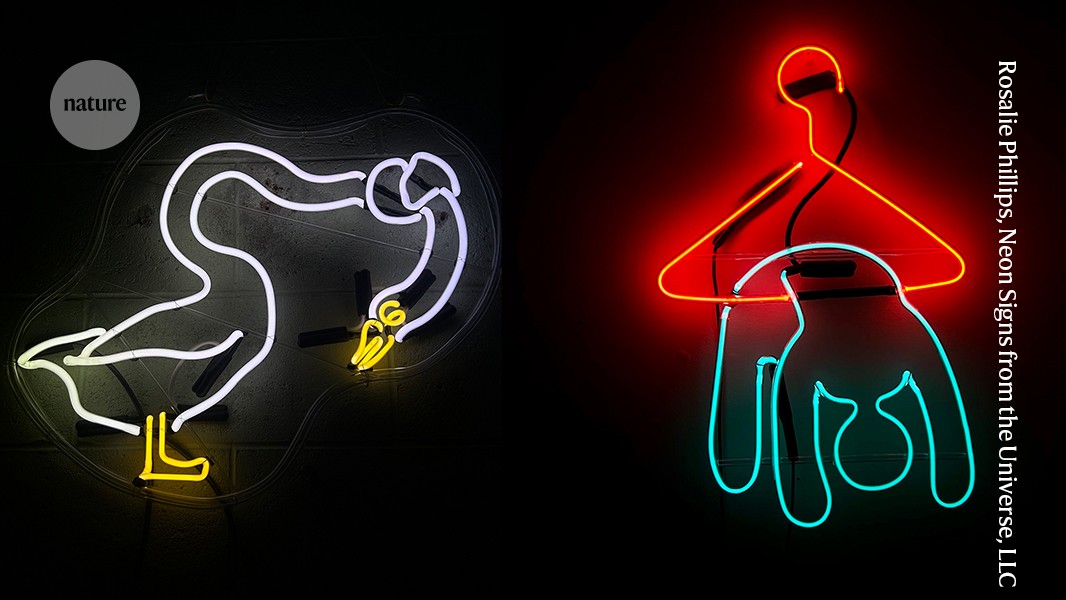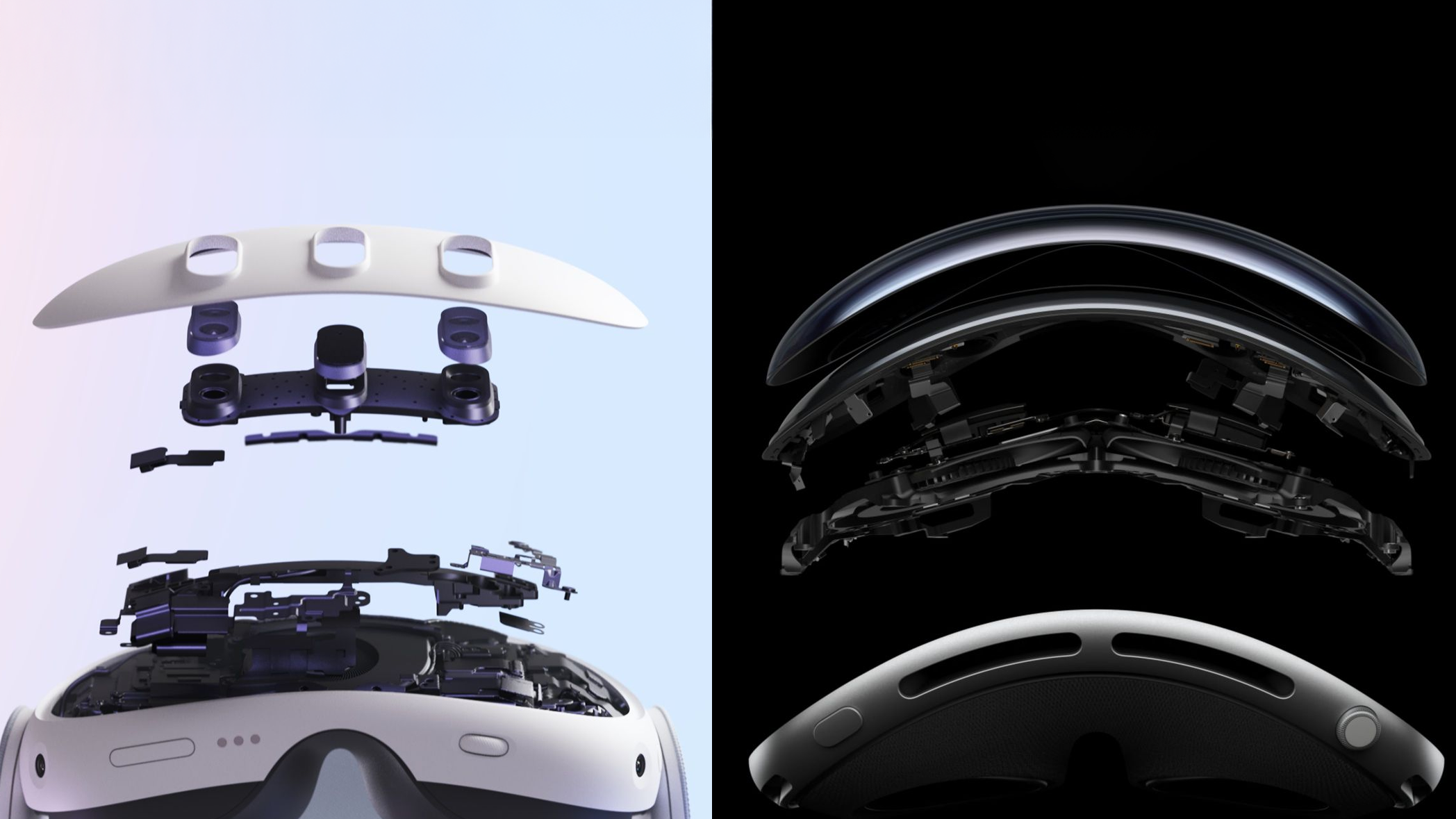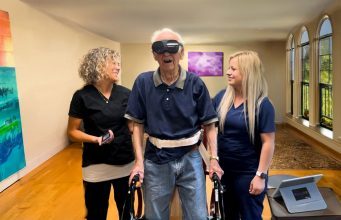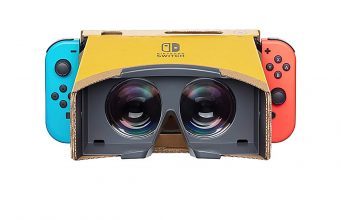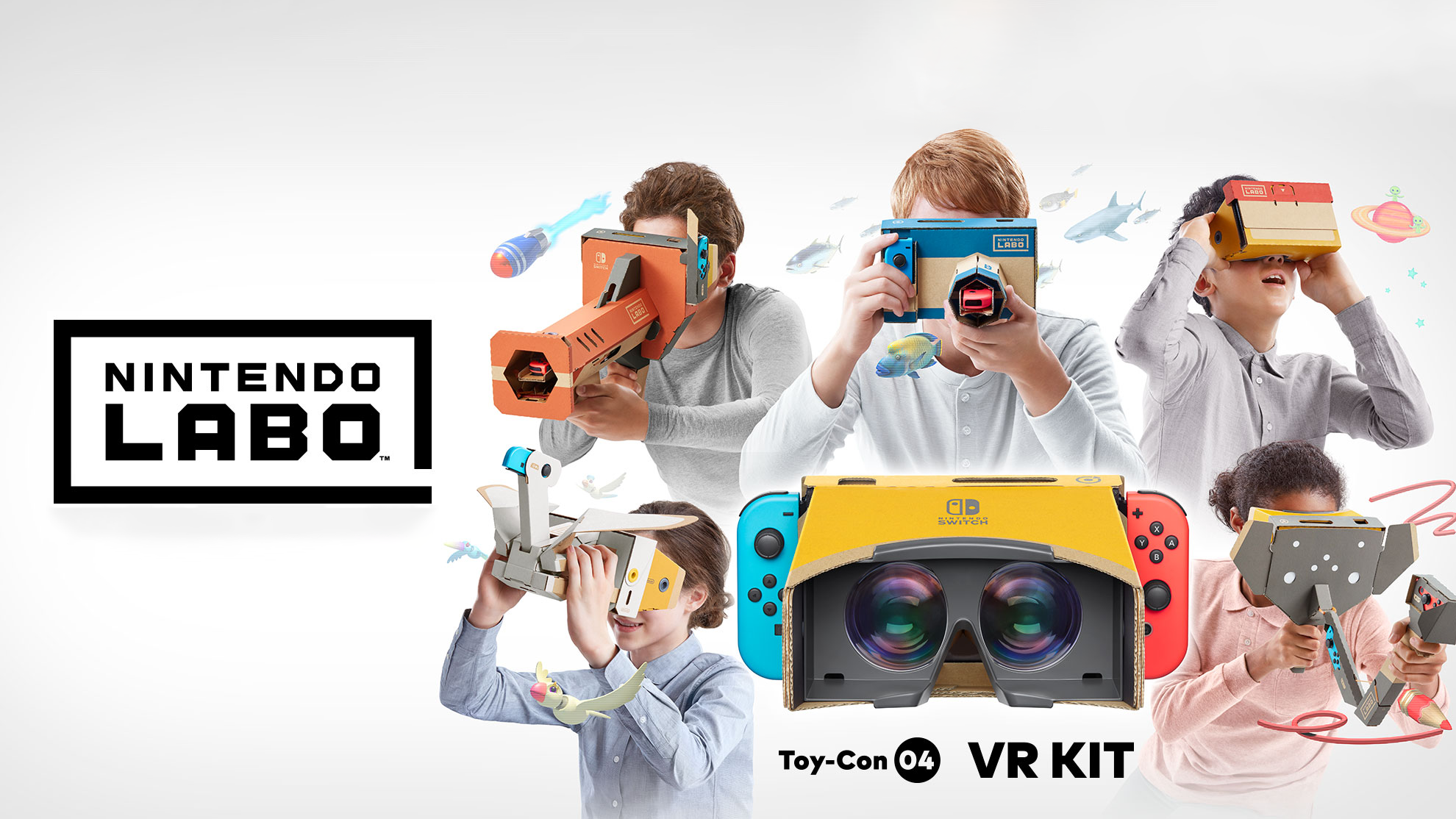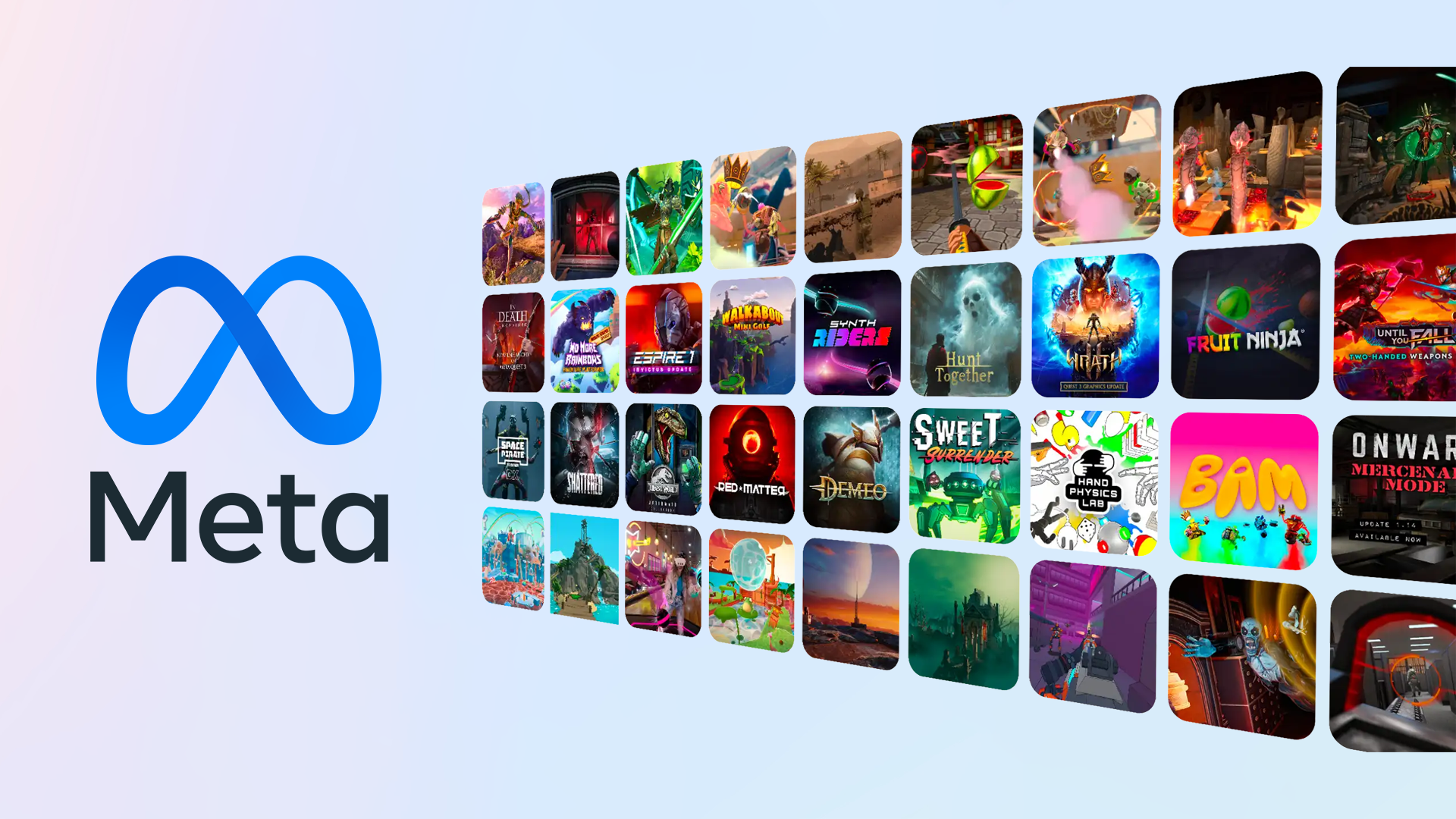Microsoft Flight Simulator 2024 Is Getting VR Foveated Rendering
The Microsoft Flight Simulator 2024 beta now has fixed foveated rendering, and the sim will get eye tracked foveated rendering in the future.
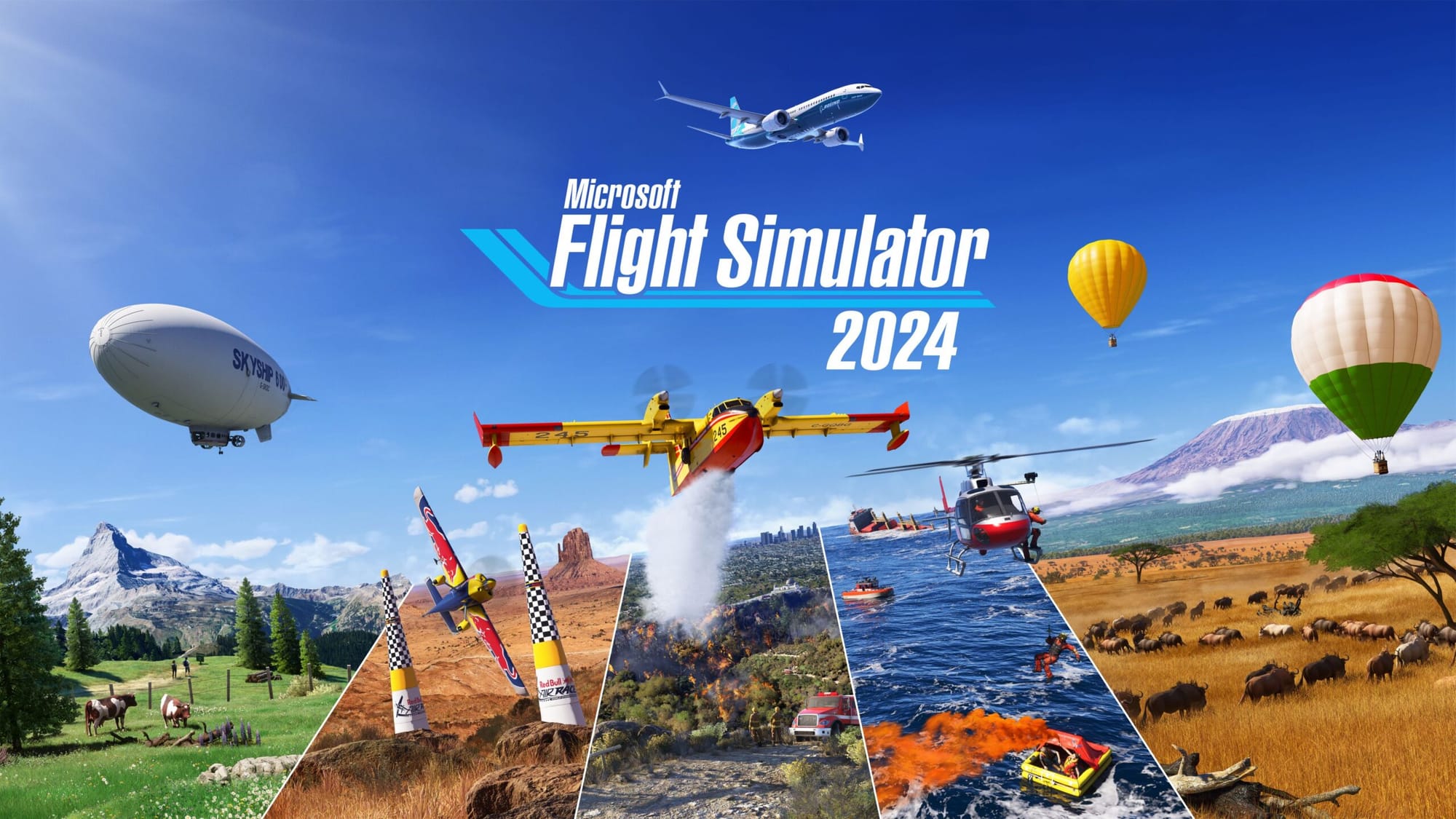

The Microsoft Flight Simulator 2024 beta now has fixed foveated rendering, and the sim will get eye tracked foveated rendering in the future.
The beta channel of the simulator has a Foveated Rendering toggle in the VR settings, with the following description:
When active, uses quad views rendering technique to improve your GPU performance. The the higher resolution, the higher the gain. Can add some CPU overhead. Can be combined with Eye-Tracking when available for best use.

The toggle isn't mentioned anywhere in the beta changelog, but testing it I can confirm that it currently activates fixed foveated rendering on any VR headset, netting a 5-10 FPS performance improvement, with the tradeoff of some pixelation at the edges of my view.
However, eye tracked foveated rendering doesn't yet appear to be working, suggesting it will be added at a later point in the beta cycle. I confirmed this by testing with a Quest Pro, and VR Flight Sim Guy also found the same with a Pimax Crystal headset with eye tracking.
When it does arrive, eye tracked foveated rendering could bring significantly greater performance gains for headsets with eye tracking, on the order of dozens of frames per second.
If you're unfamiliar with the concept of foveated rendering:
- Fixed Foveated Rendering (FFR) means rendering the central area of each lens at a higher resolution than the peripheral area.
- Eye Tracked Foveated Rendering (ETFR) (sometimes called Dynamic Foveated Rendering) means
Both techniques let you save performance and/or increase quality in VR, though with FFR this comes with noticeable pixelation at the edges, while with ETFR there shouldn't be any noticeable difference, assuming the eye tracking sensors being used have low enough latency. Depiction of eye tracked foveated rendering from Meta.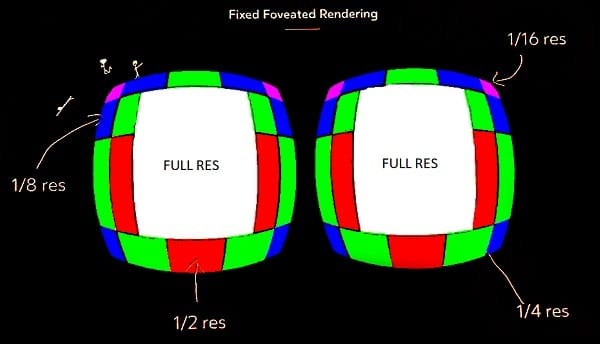
Flight Simulator 2024 appears to be using the foveated rendering technique developed by Varjo and merged into OpenXR 1.1 last year. This means its eye tracked foveated rendering should work with any headset which provides its eye tracking to OpenXR, including Bigscreen Beyond 2e, Pimax Crystal and Crystal Super, Varjo XR-4 and Aero, and Meta Quest Pro via Quest Link, Virtual Desktop's VDXR runtime, or Steam Link.
According to VR Flight Sim Guy, headset maker Pimax "pushed" Flight Simulator 2024's development team to add support for the feature, and Pimax is listed as an official Microsoft Flight Simulator 2024 partner.
Foveated rendering has also been supported in DCS World, a popular military flight sim, since last year, and VR users with eye tracking have seen significant performance benefits in it too.



































